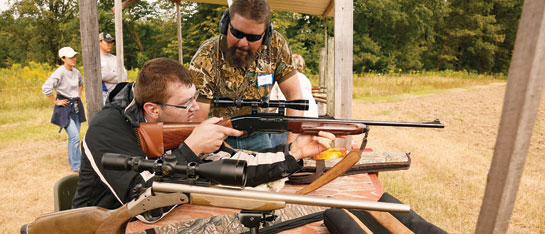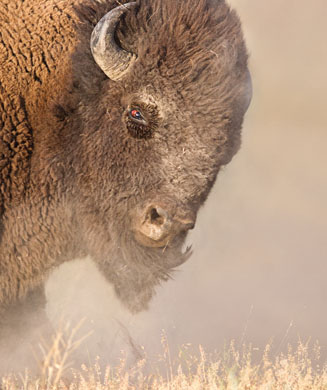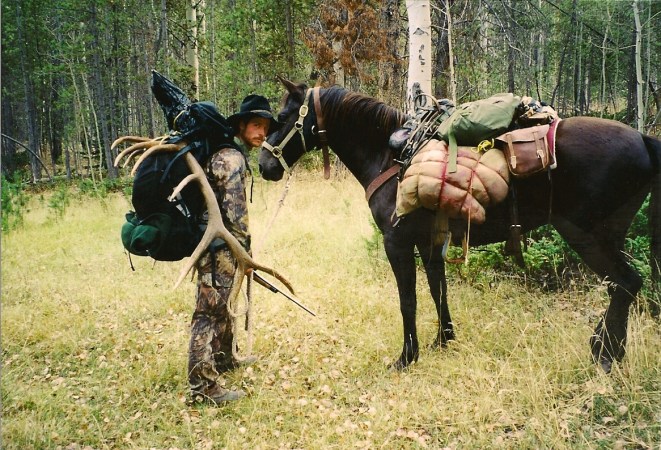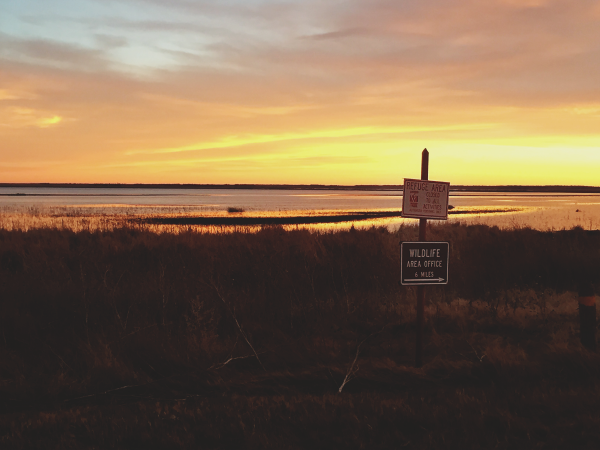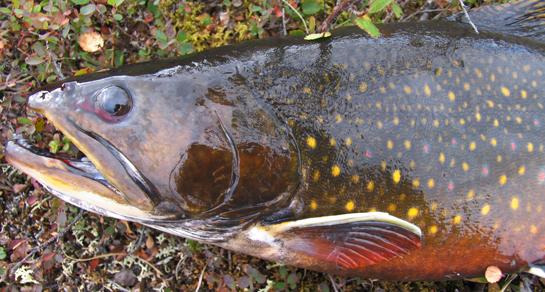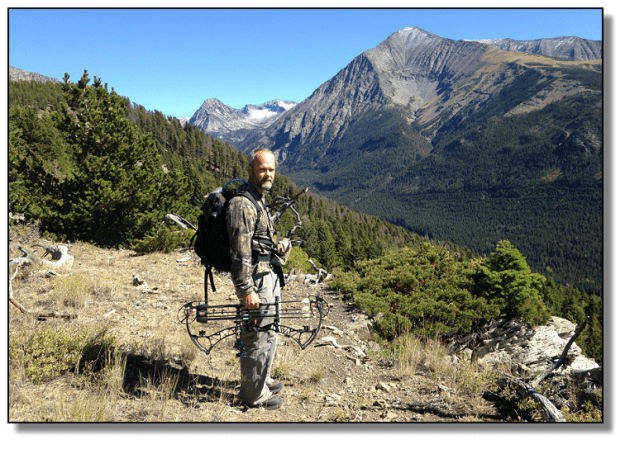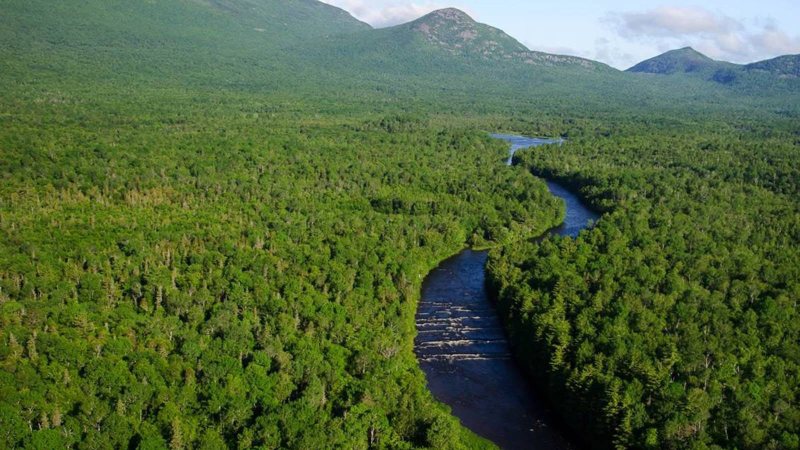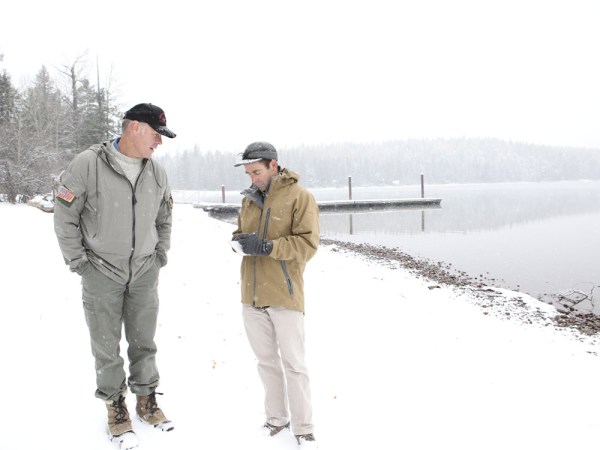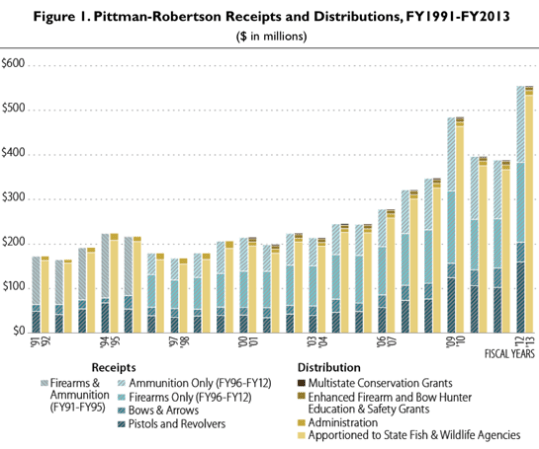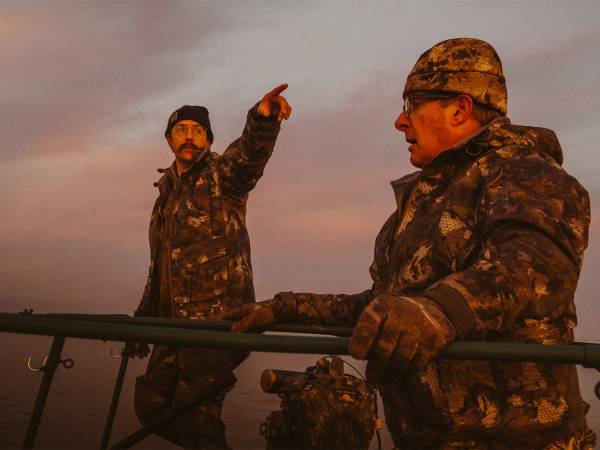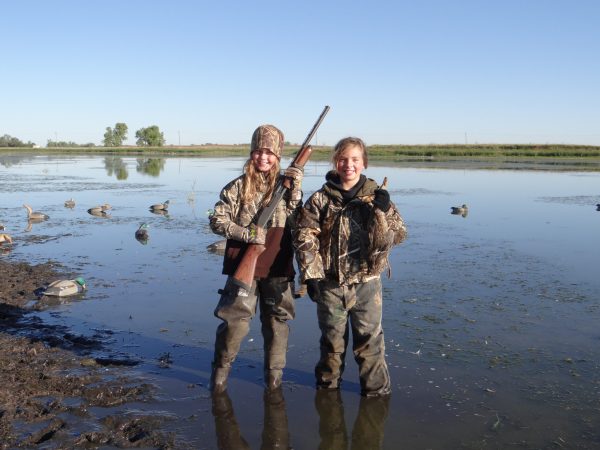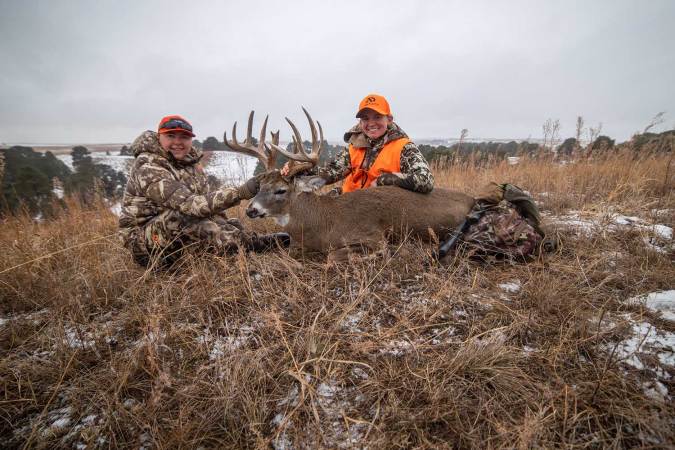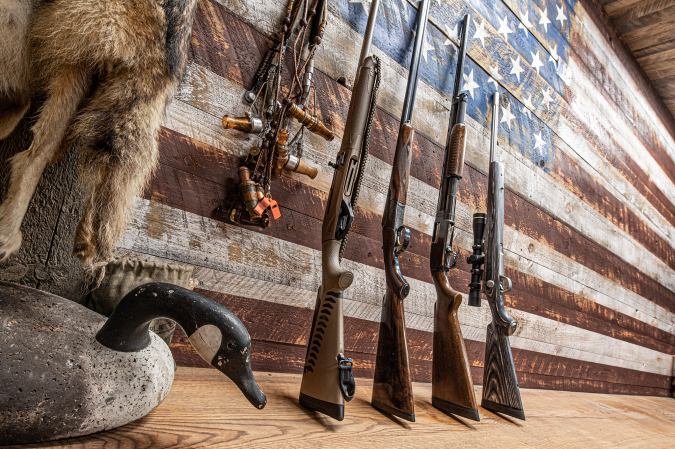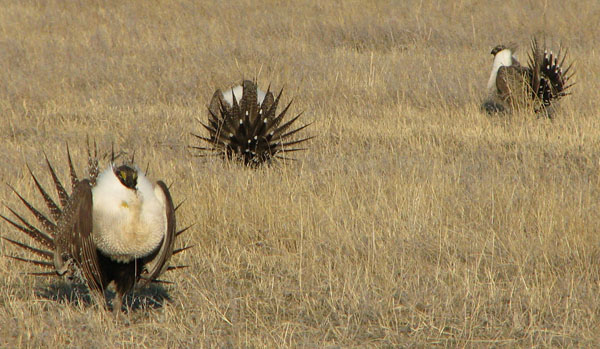We may earn revenue from the products available on this page and participate in affiliate programs. Learn More ›
The Pittman-Robertson Act was signed into law by President Franklin Roosevelt in 1937 and has been a main engine for funding wildlife conservation in the United States. The PR Act, as it is known, levies a 10 to 11 percent tax on the sale of ammunition, firearms, and outdoors equipment, and has garnered more than $2 billion since its inception. Not all sportsmen realize, however, that PR funds also go toward hunter education and, by extension, toward public shooting ranges.
The U.S. Fish and Wildlife Service has allocated more than $138 million from PR tax revenues this year to states to expand hunter-ed and shooting opportunities.
Although these grants are earmarked for public ranges, private operators can qualify for grants.
“Local rod and gun clubs can work with their state fish and wildlife agency to receive support for range construction if they are willing to allow ‘reasonable’ public access and hunter education,” says Dr. John F. Organ, USFWS chief of wildlife and sport fish restoration.
The $138.2 million comes from the hunter education portion of the $761 million PR excise tax allotment released to states annually.
Industry Help
The National Shooting Sports Foundation and the National Rifle Association both provide assistance to private range operators and nonprofit organizations seeking to qualify for PR monies.
NRA range services coordinator Eric Whitescarver says the NRA awards up to $300,000 in matching monies annually to ranges nationwide.
One Range, 75,000 Shooters
One facility that has benefited from the program is the Outdoor Heritage Education Complex, located in the Platte River State Park in Nebraska.
The shooting complex is fairly new. It has been open for four years and spreads across a 500-acre area, according to park superintendent Bill Oligmeuller. It includes an indoor pellet gun range, an outdoor .22 rimfire range, trap and 5-stand shotgun ranges, archery ranges, and even ranges for slingshots and tomahawks. The $400,000 range was funded exclusively by PR funds and private donations.
“Our participation numbers go up every year. This year we expect 75,000 people come through the range,” Oligmeuller says. “It’s been a big success.”
